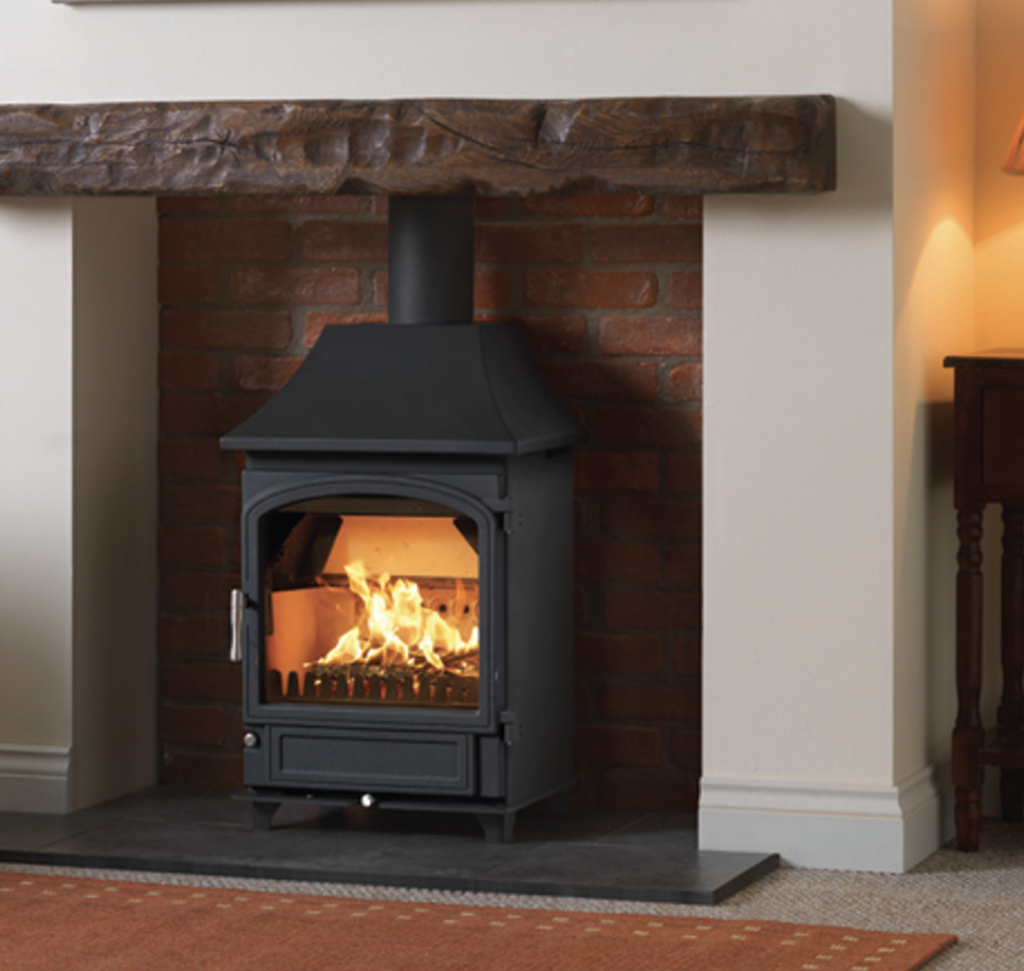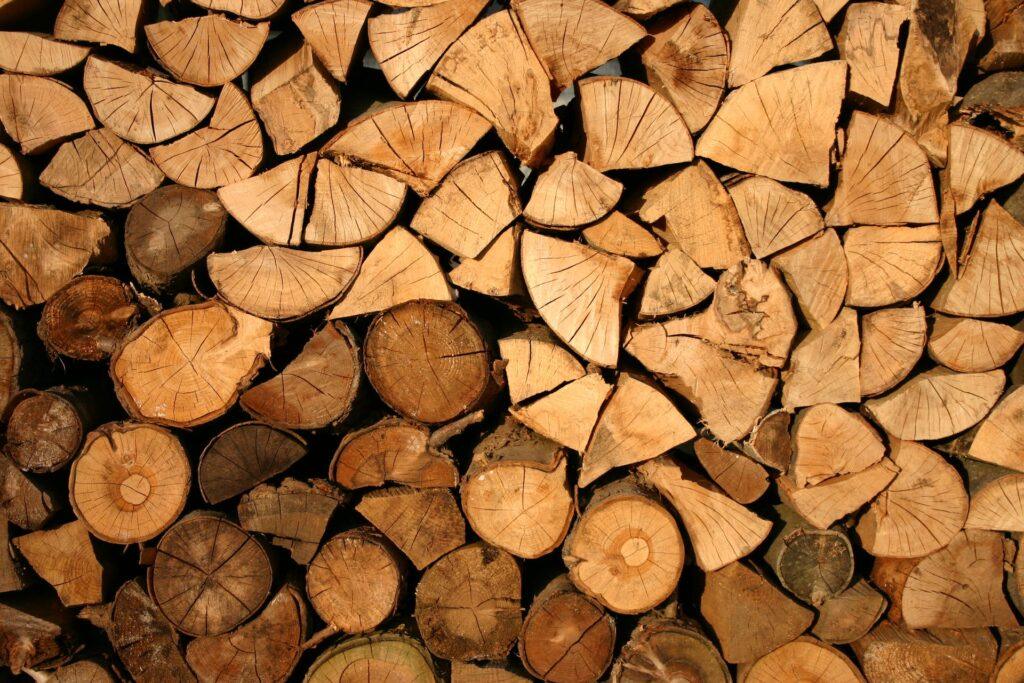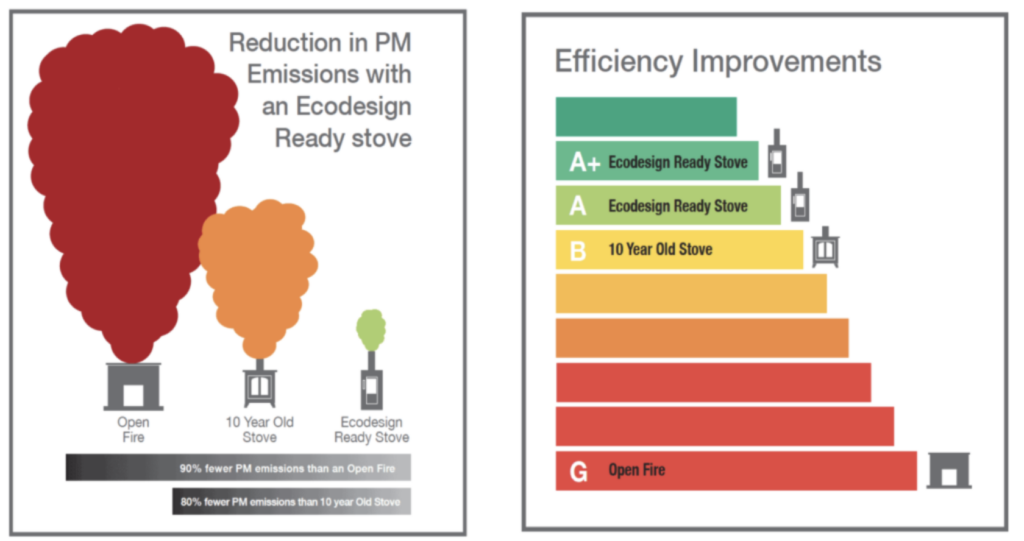As stunning as they look, a wood-burning stove involves more than just switching it on and seeing it warm a room. They do require a little bit of effort and, to some extent, skill to light and give a good heat output. But what if, despite your best efforts, you find your stove isn’t burning properly?
Here are six issues which can cause your stove to not burn correctly:
A congested flue – You should have your flue cleaned regularly when in use, and also at the start of the stove season, around October. Any congestion in the flue can dramatically cause issues with drafts, and also increase the risk of chimney fires and the risk of carbon monoxide positioning.

Poor chimney draw – This is often due to the flue not being warmed enough. Using the top-down method will help ensure the fire lights quickly and efficiently and warms the flue, which will produce a healthy draft. If you have already warmed the flue enough, you can look at fitting a draft inducer to increase the chimney draft.
Poor Draft. For a wood-burning stove to work correctly, you need a good draft. A draft is a flow of air that safely removes byproducts from the burning of wood up a chimney to the outside environment. If you have a poor draft, the room can fill with smoke, and you will experience a very poor fire and heat output. There are a number of reasons for a poor draft. Sometimes, it’s down to a poor air supply or a block in the chimney. An extractor fan can impact your home’s air pressure, which can produce a poor draft. Ideally, the room in which the fire is in should keep a neutral or slightly positive pressure. The chimney, by contrast, should have negative pressure to help ‘suck’ the air up. The best solution here is to look at additional air vents and specific outdoor air kits. These should work together to restore the correct pressure for a strong, efficient draft.
Poorly prepared wood – Make sure your wood is correctly seasoned and stored. Wood with a moisture level above 20% will provide a poor heat output and increase flue congestion. It will also be harder to start. Making sure your wood is well prepared is one of the most simple yet essential things you, as a stove owner, can do.

.
Poor air supply – It’s important that your stove has a good supply of air. Without such, you will experience a poorly performing fire. You should check the air control settings too and make sure they are not blocked or restricted in anyway.
Tired fire – If your stove is reaching advanced years, it may be tired, worn out, spent, expired and in desperate need of replacement. Stoves are not designed to last forever. If you’re an owner of an old, inefficient stove and are struggling for a decent heat output, then now may be the time to make the switch to an Ecodesign stove. The diagram below shows just how incredibly efficient they are.









